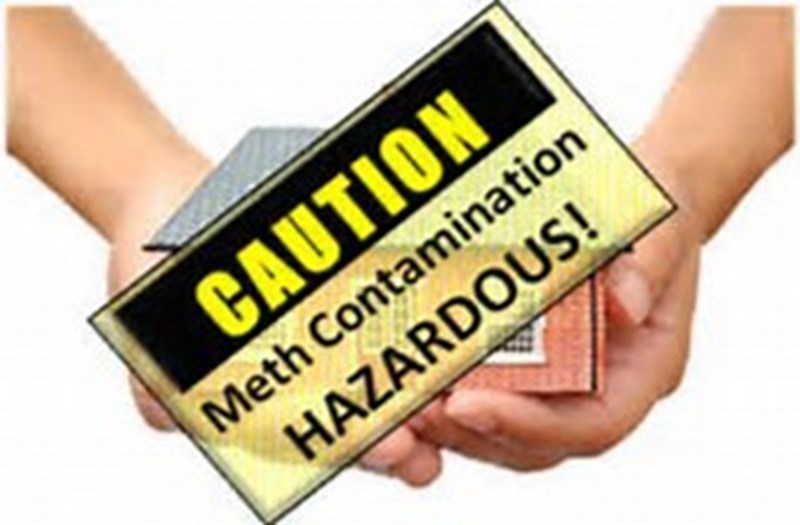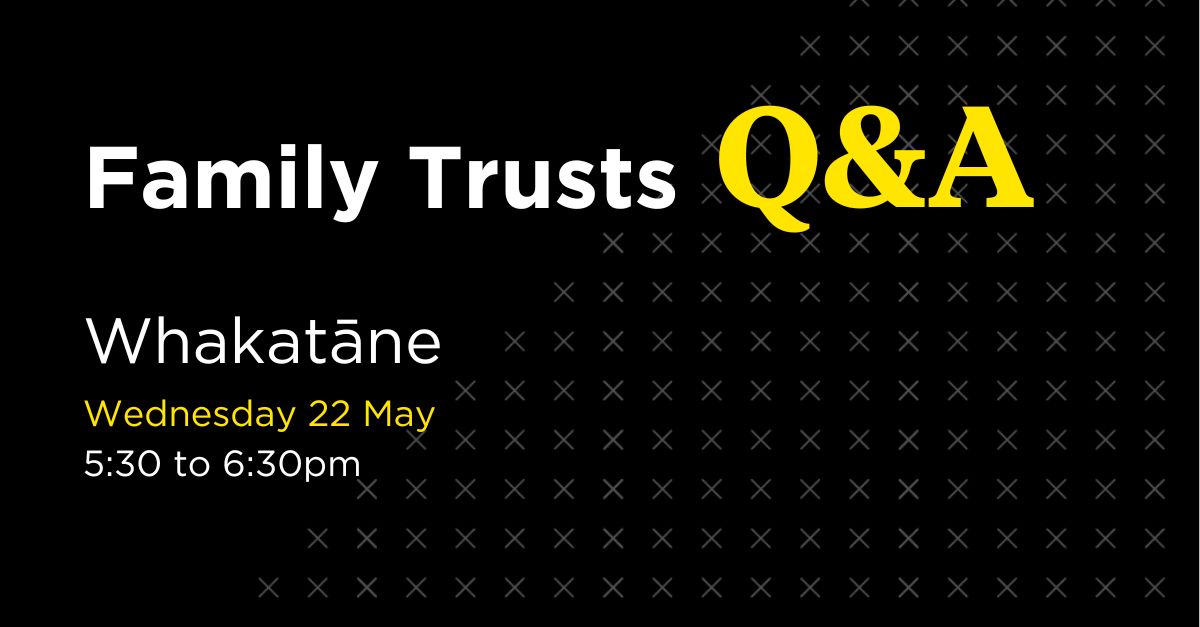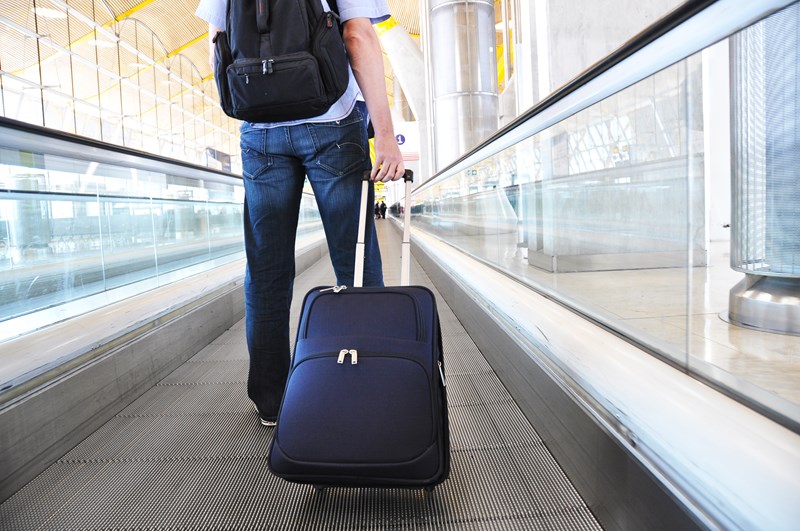How much meth would you be prepared to buy?
Methamphetamine (meth), whether its use or manufacture, is an increasing problem in New Zealand. It is classified as a class A controlled drug (a drug that poses a very high risk of harm, under the Misuse of Drugs Act 1975), and has detrimental social, economic, and environmental consequences.
Contamination results when the residue of meth (from either use or manufacture) remains in a property. This may have a financial impact on a number of people, including: vendors, purchasers, investors, property managers and real estate businesses.
Testing Standards
The only way to know if contamination is present is to test for it; but testing anything is meaningless unless there is an agreed standard. Advice from the Ministry of Health (MoH) and the Medical Industry has been unhelpful to date, generally exacerbating confusion through providing contradictory information.
In 2010, the MoH produced Guidelines for Remediation of Clandestine Meth Lab Sites, stating that a property exceeding 0.5μg/100cm² of meth required decontamination. In October 2016, the Guidelines were revised, to depend on whether the contamination was due to the use, or the manufacture, of methamphetamine. In respect of manufacture; the revised post decontamination recommendation remains at 0.5μg/100cm²; but if use alone, the revised post decontamination recommendations are 2.0μg/100cm² for uncarpeted properties, or 1.5μg/100cm² for carpeted properties.
Territorial Authorities and the Tenancy Tribunal (Tribunal) adopted these Guidelines as the basis for assessing acceptable levels of meth residues. This led to a surge of Tribunal claims from both landlords and tenants. However, the Tribunal decisions have been confusing and consistently inconsistent.
The Residential Tenancies Act 1986 (RTA) imposes obligations on landlords and tenants. The landlord is to provide the premises in a reasonable state of cleanliness – s45(1)(a); and the tenant not to intentionally or carelessly damage, or permit any other person to damage, the premises – s40(2)(a), or use the premises, or permit the premises to be used, for any unlawful purpose – s40(2)(b).
Landlords are using the Tribunal to claim exemplary damages for the clean-up of meth contamination found in their properties, and tenants are claiming damages for not being provided with a property in a reasonable state of cleanliness. These claims to date relied on the MoH Guidelines but, disturbingly, other than provide a suggested standard, they did not actually provide for what is a safe level of meth.
NZS 8510-2017 Testing & Decontamination
The NZS 8510-2017 standard Testing and decontamination of methamphetamine-contaminated properties, which (according to the Standards New Zealand website) will provide industry guidance on good practice methods in the testing and clean-up of methamphetamine contamination in houses, was released on 29 June 2017. The new level for decontamination has increased to 1.5μg/100cm² for a high-use area, and 3.8μg/100cm² for a limited-use area. This means that properties with a combined meth contamination reading below this level will be declared fit to live in. This appears to be a double-edged sword. On the one hand, the property owner will not be required to decontaminate the property to the current low level, but it also means that there will be more meth residue in properties than is currently considered acceptable. Similarly, holding the tenant accountable will be harder for landlords, but on the plus side, they will receive a greater return on their investment.
So the question will remain the same, albeit with a new standard to consider, how much meth would you be prepared to buy? Over time, attitudes may change, but initially it may be hard to overcome emotional responses with rational arguments.



